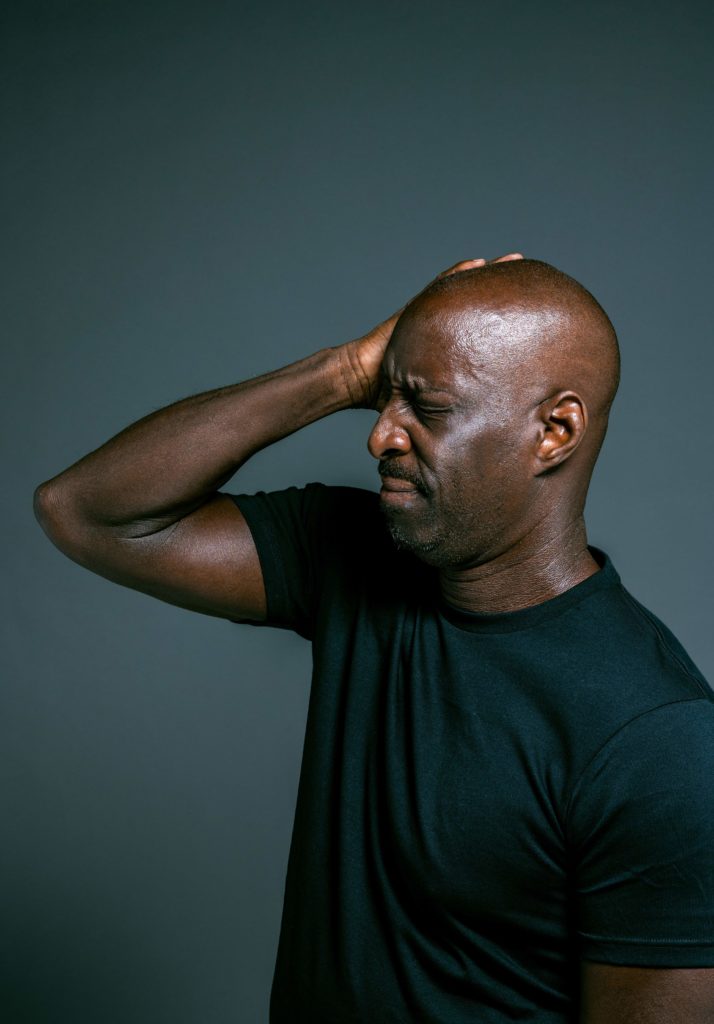The attacks of cluster headaches are suspected to be one of, if not the most, painful experiences for anyone. What then is a cluster headache? Most doctors will tell you it is a primary headache, meaning there is no other underlining cause or problem. The attacks can be short, frequent, and mostly one-sided which can make a person very restless.
The National Health Service in England reports that cluster headaches are rare but the chance of you getting one in your lifetime is about one in a thousand. It is more common between ages 20 and 40 years and men are more likely than women to have them. Smoking can increase your risk of developing cluster headaches.
A patient can describe the attacks as one-sided pain around the eye feeling like a knife in the eye making the patient restless. Some may also get in addition a red watering of the eye, a sweaty face, and a blocked or snotty nose. Most people have reported the attacks to come in episodes occurring in a period of weeks to months and can come back on an annual basis.
Get urgent advice from your doctor if you a have headache and a cluster headache is suspected. You will need to be referred to a neurologist, a specialist doctor that treats conditions of the nerve and brain. A brain scan may be done to exclude other conditions that may mimic symptoms of a cluster headache.
Treatment is available if a cluster headache is diagnosed. This condition is not life-threatening but can affect your quality of life due to the severity of pain and restlessness caused. Avoid taking simple painkillers from over the counter as this may lead to an induced overused medication headache. Try to avoid alcohol, high altitude, and any strong smells such as perfumes which have been known to be a common trigger for cluster headaches.
